Kamil Raczycki
SRAI: Towards Standardization of Geospatial AI
Oct 23, 2023Abstract:Spatial Representations for Artificial Intelligence (srai) is a Python library for working with geospatial data. The library can download geospatial data, split a given area into micro-regions using multiple algorithms and train an embedding model using various architectures. It includes baseline models as well as more complex methods from published works. Those capabilities make it possible to use srai in a complete pipeline for geospatial task solving. The proposed library is the first step to standardize the geospatial AI domain toolset. It is fully open-source and published under Apache 2.0 licence.
Predicting the Location of Bicycle-sharing Stations using OpenStreetMap Data
Nov 02, 2021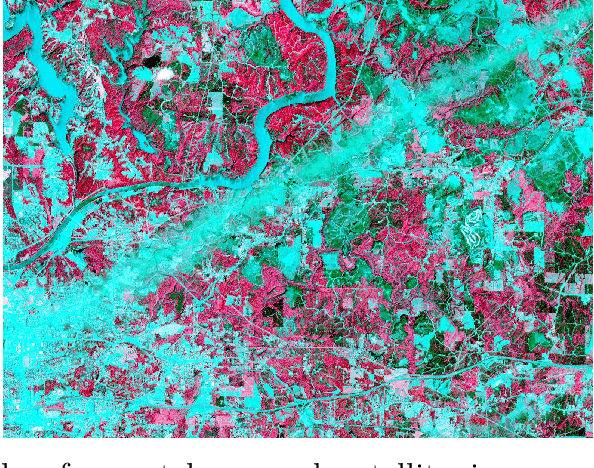
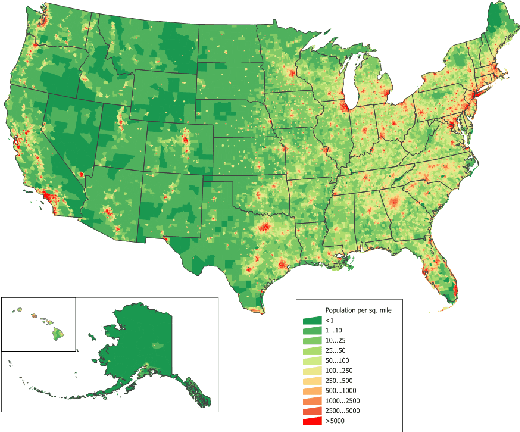
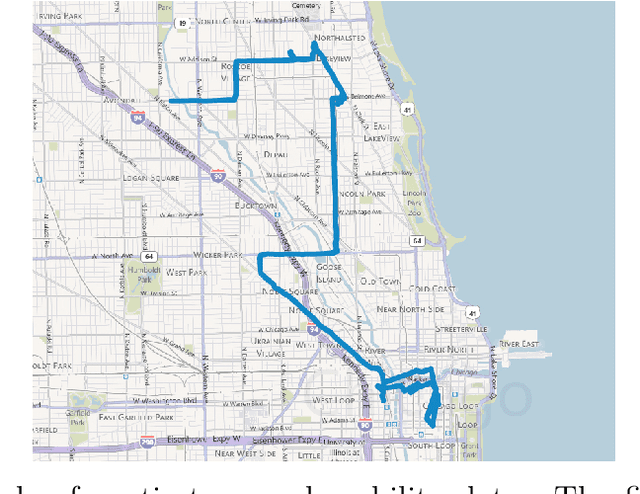
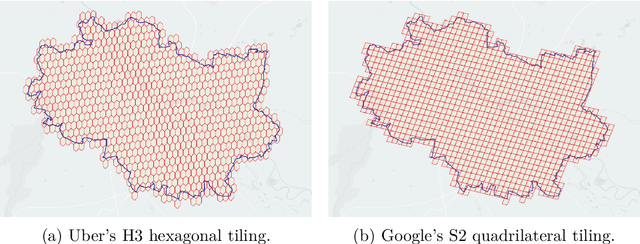
Abstract:Planning the layout of bicycle-sharing stations is a complex process, especially in cities where bicycle sharing systems are just being implemented. Urban planners often have to make a lot of estimates based on both publicly available data and privately provided data from the administration and then use the Location-Allocation model popular in the field. Many municipalities in smaller cities may have difficulty hiring specialists to carry out such planning. This thesis proposes a new solution to streamline and facilitate the process of such planning by using spatial embedding methods. Based only on publicly available data from OpenStreetMap, and station layouts from 34 cities in Europe, a method has been developed to divide cities into micro-regions using the Uber H3 discrete global grid system and to indicate regions where it is worth placing a station based on existing systems in different cities using transfer learning. The result of the work is a mechanism to support planners in their decision making when planning a station layout with a choice of reference cities.
Transfer Learning Approach to Bicycle-sharing Systems' Station Location Planning using OpenStreetMap Data
Nov 01, 2021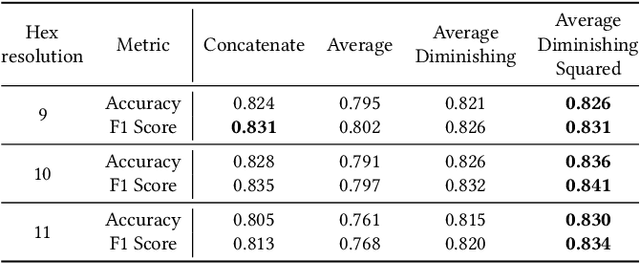
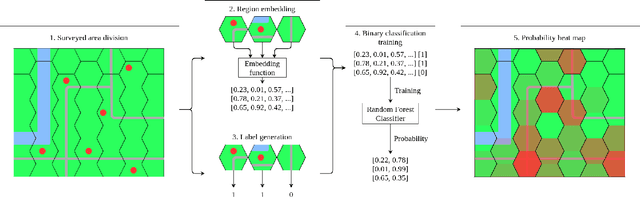
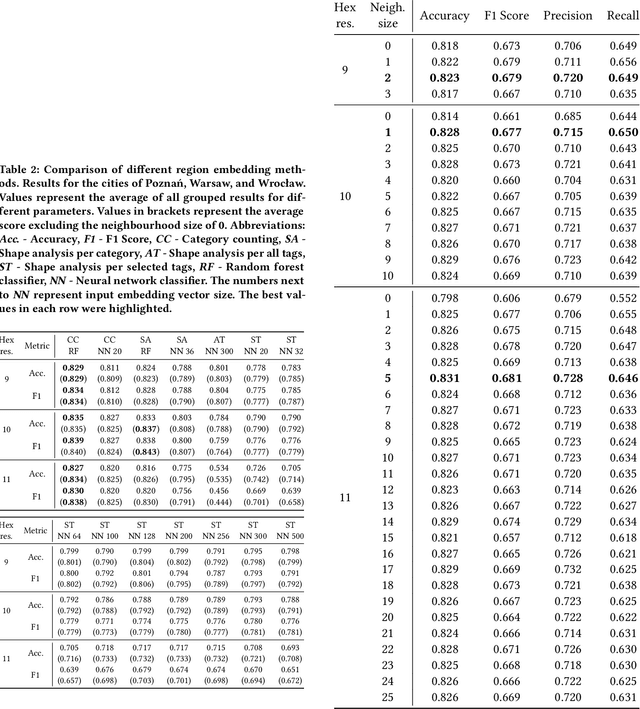
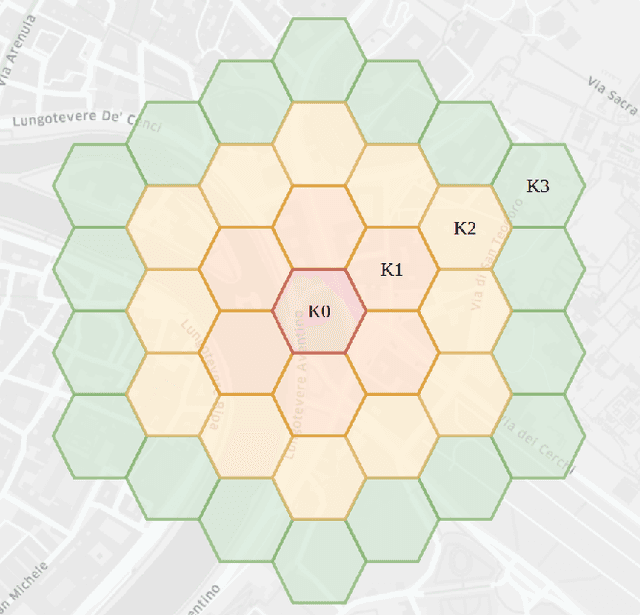
Abstract:Bicycle-sharing systems (BSS) have become a daily reality for many citizens of larger, wealthier cities in developed regions. However, planning the layout of bicycle-sharing stations usually requires expensive data gathering, surveying travel behavior and trip modelling followed by station layout optimization. Many smaller cities and towns, especially in developing areas, may have difficulty financing such projects. Planning a BSS also takes a considerable amount of time. Yet as the pandemic has shown us, municipalities will face the need to adapt rapidly to mobility shifts, which include citizens leaving public transport for bicycles. Laying out a bike sharing system quickly will become critical in addressing the increase in bike demand. This paper addresses the problem of cost and time in BSS layout design and proposes a new solution to streamline and facilitate the process of such planning by using spatial embedding methods. Based only on publicly available data from OpenStreetMap, and station layouts from 34 cities in Europe, a method has been developed to divide cities into micro-regions using the Uber H3 discrete global grid system and to indicate regions where it is worth placing a station based on existing systems in different cities using transfer learning. The result of the work is a mechanism to support planners in their decision making when planning a station layout with a choice of reference cities.
Spatial Data Mining of Public Transport Incidents reported in Social Media
Oct 11, 2021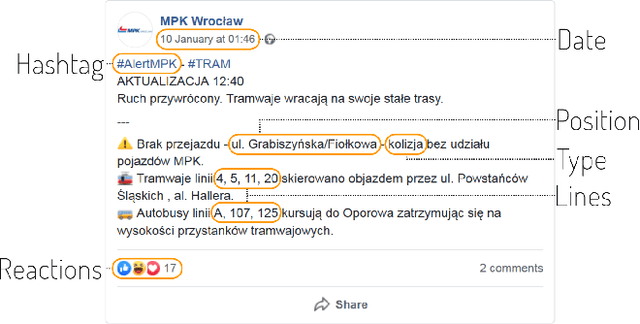
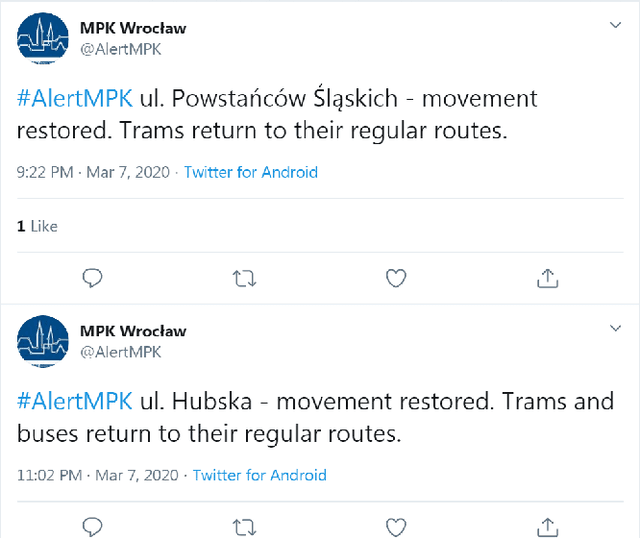
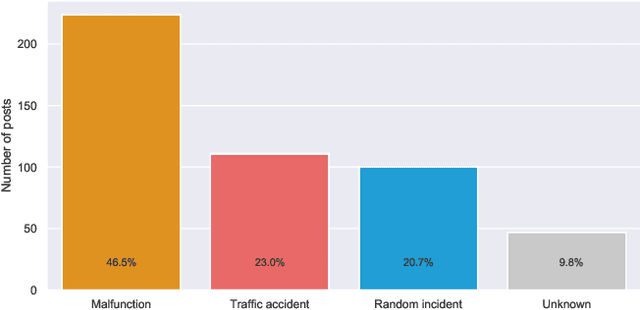
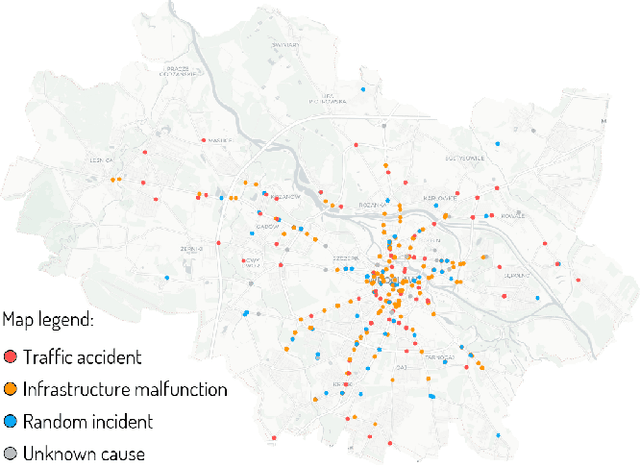
Abstract:Public transport agencies use social media as an essential tool for communicating mobility incidents to passengers. However, while the short term, day-to-day information about transport phenomena is usually posted in social media with low latency, its availability is short term as the content is rarely made an aggregated form. Social media communication of transport phenomena usually lacks GIS annotations as most social media platforms do not allow attaching non-POI GPS coordinates to posts. As a result, the analysis of transport phenomena information is minimal. We collected three years of social media posts of a polish public transport company with user comments. Through exploration, we infer a six-class transport information typology. We successfully build an information type classifier for social media posts, detect stop names in posts, and relate them to GPS coordinates, obtaining a spatial understanding of long-term aggregated phenomena. We show that our approach enables citizen science and use it to analyze the impact of three years of infrastructure incidents on passenger mobility, and the sentiment and reaction scale towards each of the events. All these results are achieved for Polish, an under-resourced language when it comes to spatial language understanding, especially in social media contexts. To improve the situation, we released two of our annotated data sets: social media posts with incident type labels and matched stop names and social media comments with the annotated sentiment. We also opensource the experimental codebase.
 Add to Chrome
Add to Chrome Add to Firefox
Add to Firefox Add to Edge
Add to Edge